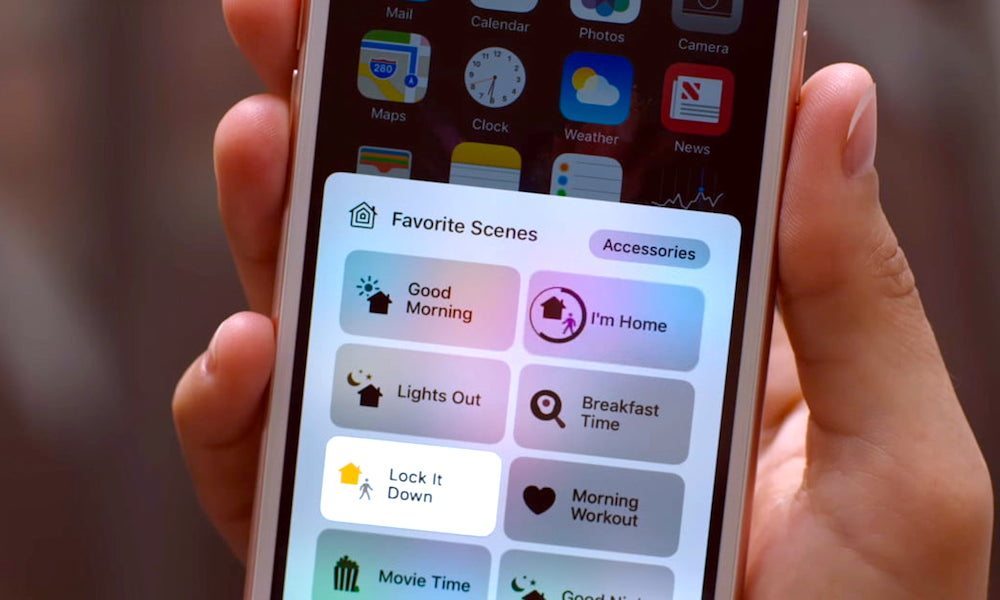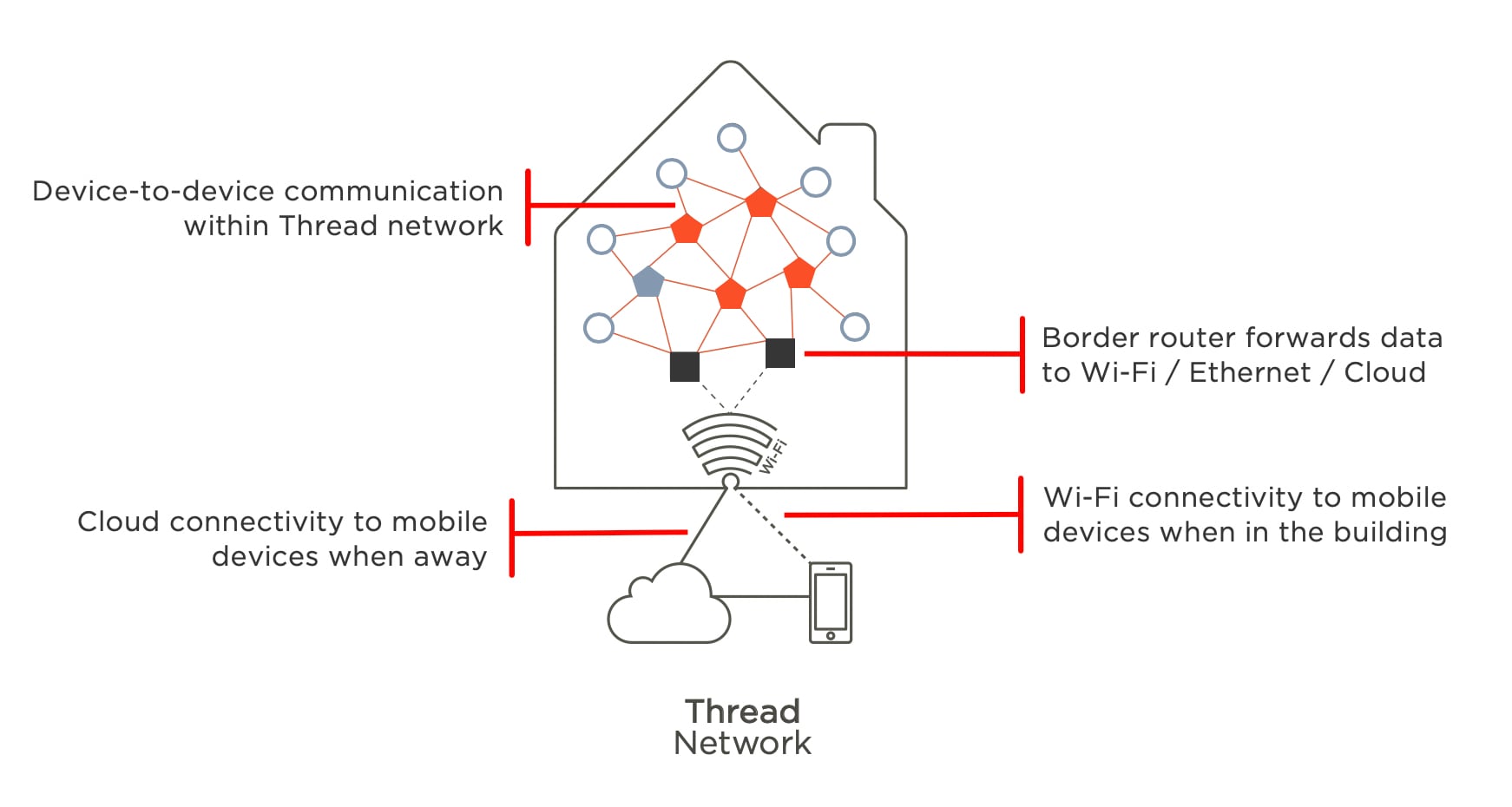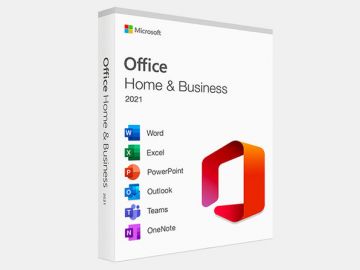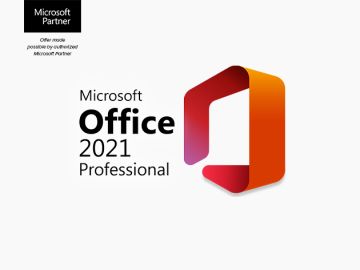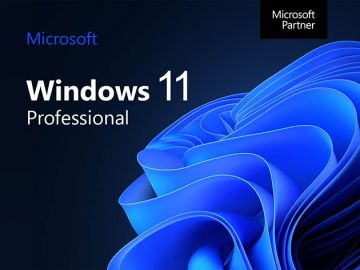Thread 1.4 Is Coming to tvOS 26 | Here’s What That Means
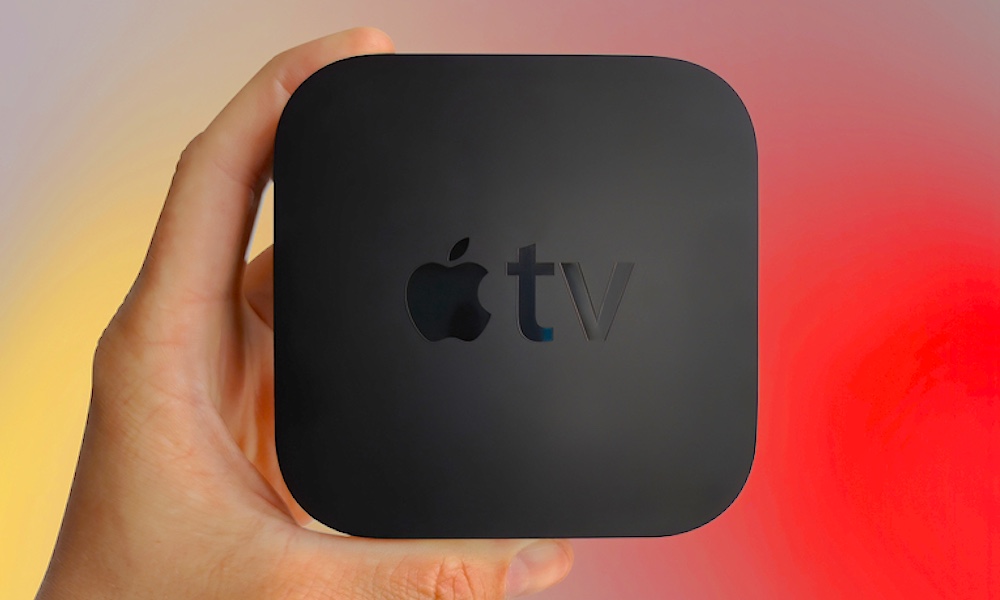 Mr. Mikla / Shutterstock
Mr. Mikla / Shutterstock
Toggle Dark Mode
There’s some exciting stuff coming in tvOS 26, but one of the most significant changes is something most folks won’t even notice.
Apple is doubling down on its commitment to the Matter ecosystem with an upgrade in tvOS 26 that will add support for the latest version of the Thread protocol to its set-top box.
Five years ago, Apple joined forces with Amazon, Google, and others to form Project Connected Home over IP and create a common standard for all smart home accessories. After years of siloed experiences that required home automation enthusiasts to lock themselves in with platform-specific accessories, the new alliance promised to usher in a brave new world with one open standard to rule them all.
That standard became what we know today as Matter, and it arrived for HomeKit users in 2022 with the release of iOS 16. From that point on, it would no longer be necessary to opt for “HomeKit” accessories; anything with the “Matter” brand could work with Apple’s HomeKit, Google Home, and Amazon Alexa.
However, Matter wasn’t just about ensuring interoperability of smart home devices. The alliance also introduced a new wireless protocol called Thread that aimed to overcome the limitations of operating smart home accessories over Wi-Fi and Bluetooth.
For example, while a good Wi-Fi network has decent reach and solid performance, Wi-Fi radios consume a lot of power, Wi-Fi smart home devices can be complicated to configure, and many people aren’t eager to have dozens of light switches and smart plugs cluttering up their network.
On the flip side, Bluetooth offers a good low-energy solution, but its range is more limited, which can be a problem for folks with larger homes. It’s also typically slower to respond, presenting a noticeable lag when controlling smart home devices.
Before Matter and Thread came along, the solutions for these problems were just as proprietary as HomeKit itself. Many smart home accessory makers like Philips and Lutron resorted to creating bridges that connect into your network via Ethernet and then use their own wireless protocols to communicate with light bulbs, switches, and other devices. One protocol commonly used for this is ZigBee, but that’s still not a standard that’s as open as it should be. For instance, the Philips Hue system uses ZigBee, but that doesn’t mean you can easily link up Hue bulbs to a non-Philips ZigBee bridge.
The goal of Thread was to bring a truly open standard protocol to the table that can run as power-efficiently as Bluetooth, provide the performance and range of Wi-Fi, and offer universal compatibility.
Thread operates as a mesh network of devices, eliminating the need for every device to communicate back to a central hub. However, Thread still requires a device to act as a gateway between your Thread network and your Wi-Fi network.
This is known as a Thread Border Router. In Apple’s world, the Apple TV, HomePod, and HomePod mini have been able to fill this role since 2021. The distributed mesh nature of Thread means that multiple devices can act as Border Routers, which helps boost performance and increases redundancy so that your home automation system doesn’t become in accessible just because one key device goes offline.
What Thread 1.4 Means for You
While playing with the first tvOS 26 developer beta, the folks at Matter Alpha found evidence that Apple will be upgrading the Apple TV with the Thread 1.4 specification, which should improve performance and introduce support for even more sophisticated home automation features.
Thread 1.4 makes it easier for new devices to join a network and creates a single unified mesh network for all devices, regardless of manufacturer or smart home platform. Earlier versions of Thread could still partition devices into separate Thread networks, sometimes making it hard for them to communicate with each other.
Devices that support Thread 1.4 will also be able to access the Internet directly, which could allow them to take actions based on weather reports or cloud-based automation systems.
Further, while a built-out Thread network should rarely have connectivity problems, a new Thread Over Infrastructure Links capability will allow Thread 1.4 Border Routers to use Wi-FI and Ethernet to expand coverage and avoid the partitioning issues mentioned earlier. This can be especially important when deploying Thread devices in outdoor environments.
I’ve been able to confirm these findings by running my own network traces. At this point, Thread 1.4 is only showing up from the Apple TV, but that’s because Apple hasn’t yet released an equivalent beta for any of its HomePods. Since Apple’s smart speakers are based on the same tvOS underpinnings, chances are these will also gain support for Thread 1.4.
The catch is that your home automation devices, like light bulbs, smart plugs, and door locks, will also need to support Thread 1.4 to take advantage of all these new capabilities. The good news is that most devices should be able to receive Thread 1.4 as a firmware upgrade.


